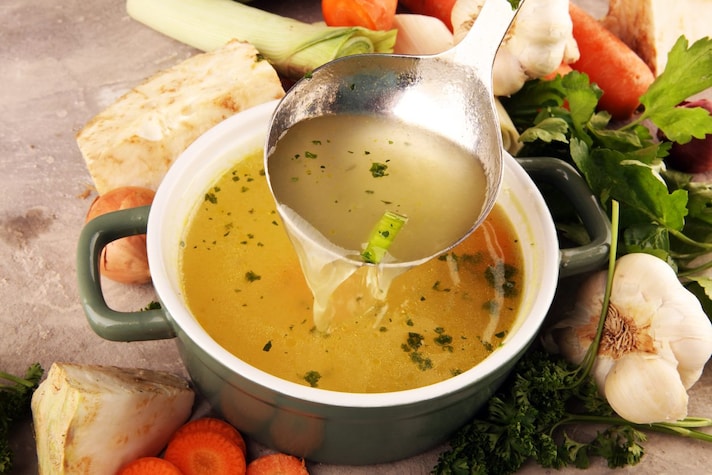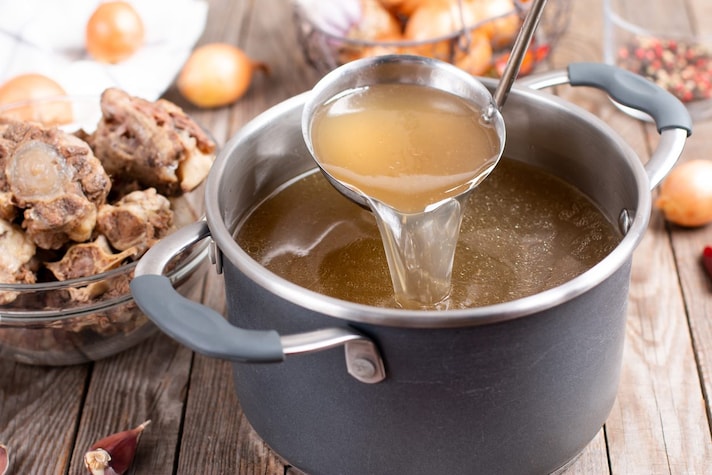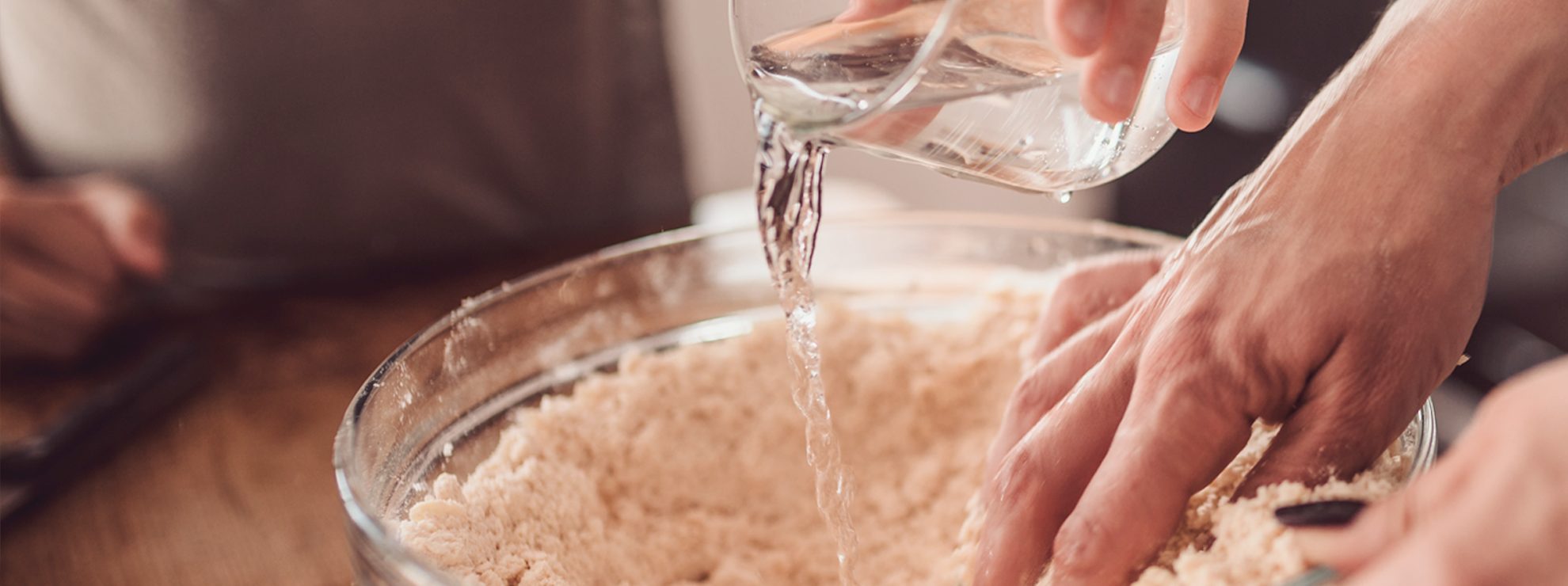What is The Difference Between Broth, Stock, and Bouillon?
Broth, stock, and bouillon are pantry staples for great recipes, but because of their similarities, it can be challenging to tell them apart. Luckily for you, we know those differences and can even tell you how to maximize their uses.
;)
The broth, stock, and bouillon have great uses, especially when it comes to preparing some winter recipes. Aside from serving as a liquid base, these ingredients can add a subtle element of flavor to your dish without overpowering the chosen seasonings.
However, because of their similar culinary applications, you might find yourself wondering if broth, stock, and bouillon are essentially all the same thing or if it is better to choose one over the others when making a particular recipe. Keep reading to learn the differences between them and how to put them to good use.
The difference between a bouillon and a broth

The ‘bouillon,’ which is the French word for ‘broth,’ is used to describe broth that has been dehydrated into a powder or cube.
Bouillon is usually used as a time-saving substitute for a made-from-scratch liquid broth. The flavor of bouillon can vary significantly depending on the composition of its dehydrated base. The base can include meats like chicken, beef, or lamb, as well as veggies. Bouillon can also be seasoned with a wide variety of spices and herbs.
One bouillon cube or a teaspoon of bouillon powder dissolves in one cup of boiling water to make one cup of broth. But you can also melt bouillon cubes or powder directly into soups, stews, sauces, and curries to enhance their flavor and create a thicker consistency.
The difference between broth and stock

Some chefs use the words interchangeably or define them slightly differently because “stock” and “broth” both refer to liquid that has been simmered slowly with meat and veggies. The distinction between them is often made based on whether bones and seasoning are also added to the liquid.
The addition of seasoning makes broth flavourful enough to sip solo. But with stock, you get a more neutral taste, and it isn’t often consumed on its own.
Even though broth can be enjoyed by itself, you can also use it in cooking. And since it typically has a lighter consistency than stock, it is an ideal base for simple dishes like chicken noodle soup, as well as for meals like risotto, stuffing, or casseroles.
Stock is traditionally made by simmering liquid with bones, such as chicken, beef, pork, or fish. The bones release collagen and marrow into the liquid, so stock has a heartier consistency than broth. Stock also gets cooked for a longer time than broth to give the bones and cartilage time to break down.
Conclusion
It is true that broth, stock, and bouillon are not exactly the same. But they can generally be used interchangeably in cooking. If you have a choice, opt for broth or bouillon when the flavor of the liquid is a key element of your recipe, and reach for stock if you want to add new depths to a well-seasoned dish.
;Resize,width=767;)
;Resize,width=712;)

;Resize,width=712;)
